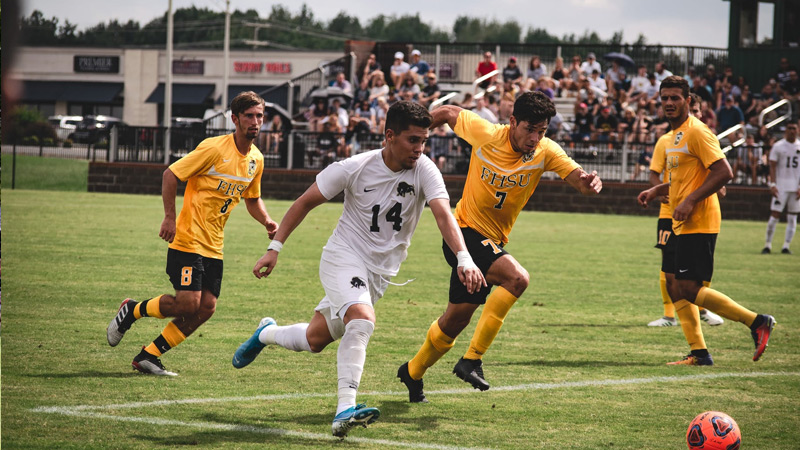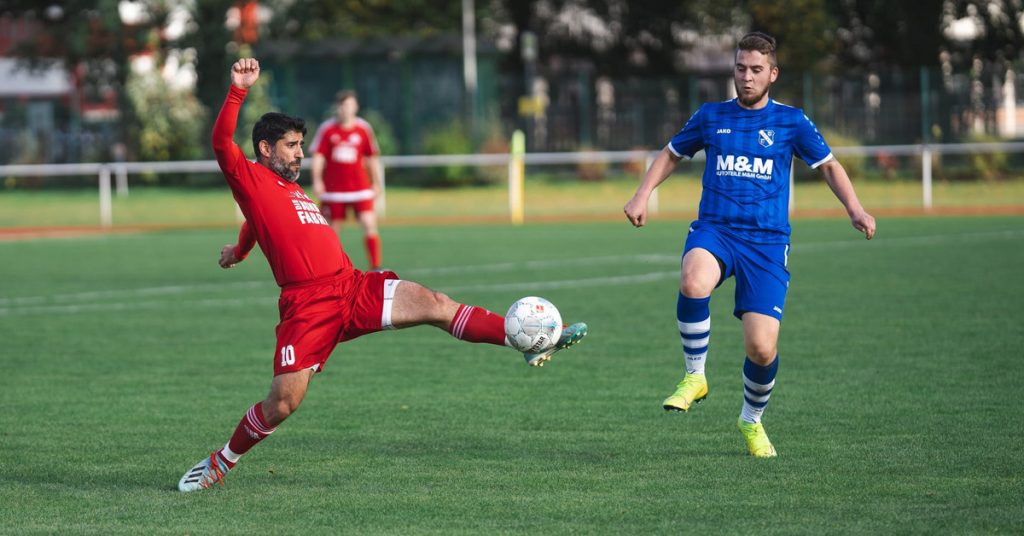If you’ve ever watched a soccer game, you’ve probably heard the term “sweeper” being thrown around. But what exactly does it mean? In this article, we’ll take a deep dive into the world of soccer and explore the role and responsibilities of a sweeper.

The Evolution of Soccer Positions
Soccer has evolved over the years, and so have the positions on the field. The sweeper position is one that has seen its fair share of changes and adaptations. From its origins to its modern-day interpretation, the role of the sweeper has a rich history that is worth exploring.
What Does a Sweeper Do on the Field?
The primary responsibility of a sweeper is to provide support to the defense and act as the last line of defense before the goalkeeper. They are tasked with sweeping up any loose balls and clearing them away from the goal. Additionally, the sweeper often acts as a playmaker, initiating attacks from the back and distributing the ball to the midfielders and forwards.
The Importance of a Sweeper in Modern Soccer
In today’s fast-paced and high-pressured game, the role of the sweeper has become more crucial than ever. With the emphasis on possession-based football and building play from the back, the sweeper plays a vital role in maintaining defensive stability and initiating attacking moves.
How to Excel as a Sweeper
Becoming a successful sweeper requires a unique set of skills and attributes. From tactical awareness to technical proficiency, a sweeper must possess a diverse skill set to excel in this position. We’ll explore the key qualities that make a great sweeper and provide tips for aspiring players.
As you can see, the role of a sweeper in soccer is multifaceted and essential to the success of a team. Whether you’re a player, coach, or fan, understanding the intricacies of this position can deepen your appreciation for the beautiful game. So, the next time you watch a soccer match, keep an eye out for the unsung hero at the back – the sweeper.
FAQs
1. What are the key attributes of a successful sweeper?
A successful sweeper must possess exceptional tactical awareness, strong defensive skills, and the ability to read the game. They should also be comfortable with the ball at their feet and have excellent distribution skills.
2. How does the role of a sweeper differ from that of a traditional defender?
While traditional defenders focus on man-marking and winning aerial duels, a sweeper’s role is more about reading the game, providing cover for the defense, and initiating attacks from the back.
3. Can a sweeper also contribute to the attack?
Yes, a sweeper can act as a playmaker from the back, initiating attacks and distributing the ball to the midfielders and forwards. Their ability to start attacks from deep positions is a valuable asset to the team.
4. What are some famous sweepers in soccer history?
Legendary players like Franz Beckenbauer, Franco Baresi, and Ronald Koeman are renowned for their exceptional performances in the sweeper role. Their influence on the game has left a lasting legacy for future generations of players.
5. How can a team benefit from having a sweeper in their lineup?
Having a sweeper in the lineup provides defensive stability, allows for a more controlled build-up play from the back, and adds an extra layer of protection for the goalkeeper. A skilled sweeper can be a game-changer for any team.
